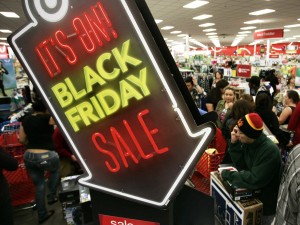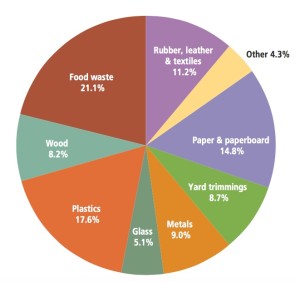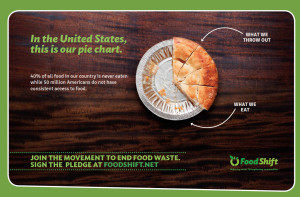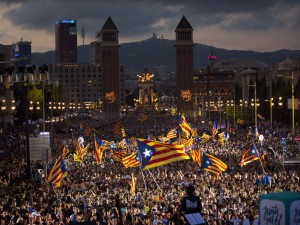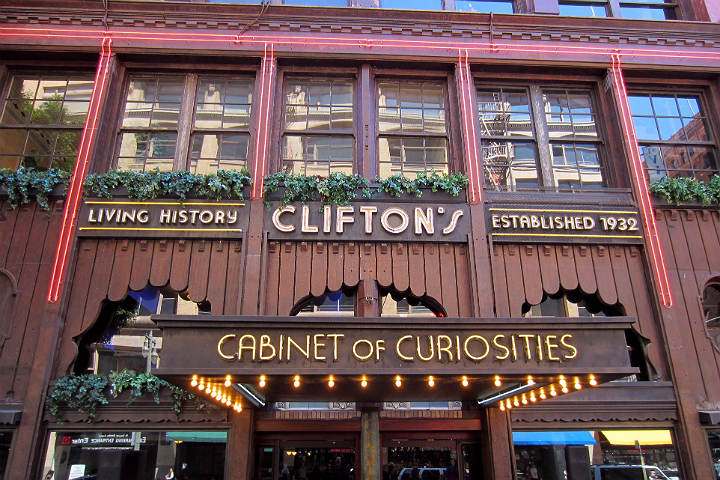Right when the world leaders gather in Paris for the discussion of environmental issues at the Paris Environmental Conference, China is suffering from heavy smog pollution in multiple areas. This extremely painful weather once again calls upon people’s concentration and concern for air pollution problems.
Air pollution problems are more severe than we think. The UNEP (United Nations Environment Programme) has listed air pollution as “world’s worst environmental health risk” in its Year Book 2014 emerging issues update. UNEP analyzed environmental, social and economic costs of air pollution:
“The cost of air pollution to the world’s most advanced economies plus India and China is estimated to be US$3.5 trillion per year in lives lost and ill health. In OECD countries the monetary impact of death and illness due to outdoor air pollution in 2010 is estimated to have been US$1.7 trillion.”
Deaths caused by outdoor air pollution reach a level of 3.5 million each year from. Between 2005 and 2010, the death rate rose by 4% worldwide, by 5% in China and by 12% in India (UNEP Yearbook 2014).
Air pollution not only threatens people’s life and death, it hinders economic growth as well.
In 2010 alone, air pollution caused lost of USD 1.4 trillion in China (OECD). The total cost of health impact of outdoor air pollution in OECD countries is about USD 1.7 trillion in 2010 (OECD). The World Bank estimated there is at least loss of USD 100 billion spent on illness, premature death and loss of productivity, due to smog in China (The Financialist).
Just because air pollution is a critical issue worldwide, leaders are trying to search for solutions. In addition, solving air pollution problems will likely reduce economic losses and stimulate tremendous economic potential.
China could learn from some previous successful examples. In the U.S., the Clean Air Act (CAA) of 1990 aimed at reducing and preventing air pollution. Combating air quality and enforcing emission limitations were major goals of the CAA. The U.S. has seen many pollutant levels and associated cases of health complications drop, after the act took effect. The direct economic benefit generated from the CAA is 90 times the initial fund put into the regulations.
Wealthy Chinese are investing in real estate in foreign countries and immigrating away from Mainland China, due to the deteriorating air conditions in China. Beijing has announced some policies including China’s Action Plan of Prevention and Control of Air Pollution; however, the people of China have seen little improvement, as Chinese economy remains unstable.
The air pollution in China has caused trillions of USD in loss for its GDP, but the problem is far from being solved. On the other hand, when China eventually becomes capable of finding a solution to its smog problem, there might be growth in its economic outlook as well.
Sources:
http://www.unep.org/yearbook/2014/PDF/chapt7.pdf
http://www2.epa.gov/clean-air-act-overview/1990-clean-air-act-amendment-summary
https://www.thefinancialist.com/chinese-smog-at-what-cost/


